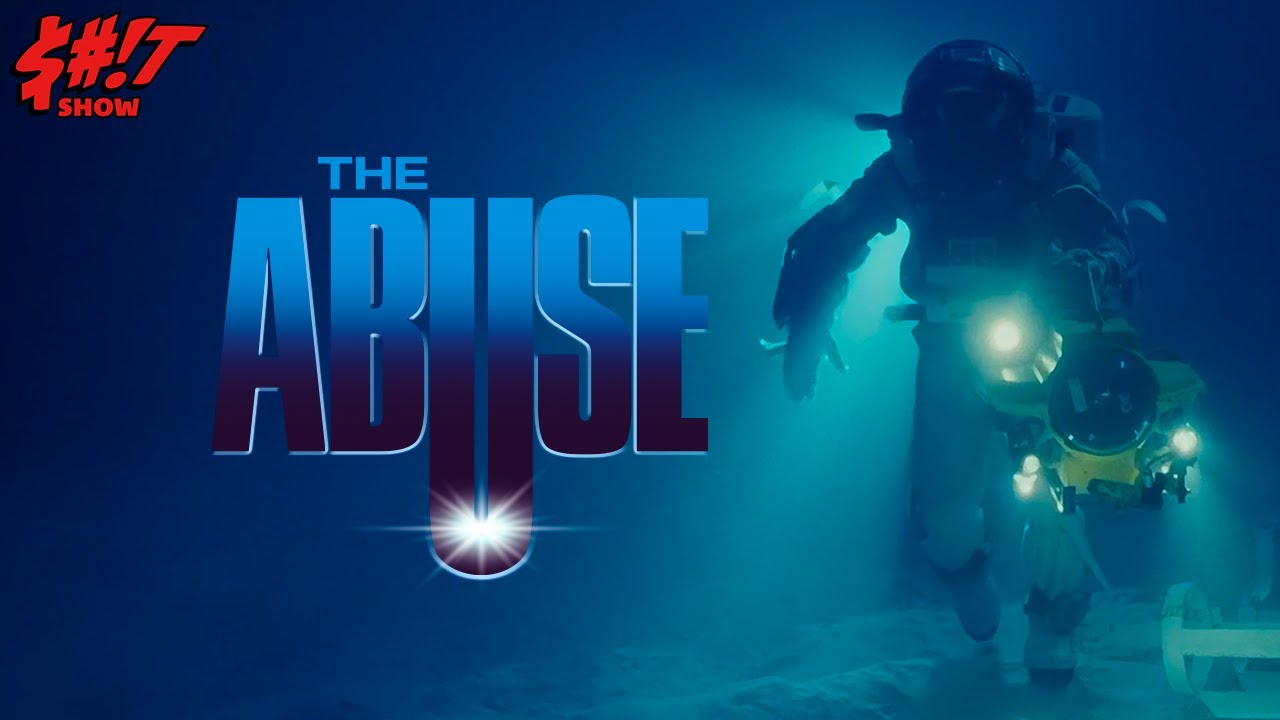Lenguador
- 8 Posts
- 25 Comments

 61·1 year ago
61·1 year agoFrom Wikipedia: this is only a 1-sigma result compared to theory using lattice calculations. It would have been 5.1-sigma if the calculation method had not been improved.
Many calculations in the standard model are mathematically intractable with current methods, so improving approximate solutions is not trivial and not surprising that we’ve found improvements.

 1·1 year ago
1·1 year agoNone of the related magazines in this community are listing this community in their related magazine section.
I’d advise expanding (and trimming) the related magazine section, plus messaging mods to ask if they’d like to add your magazine to their related section.

 6·1 year ago
6·1 year agoI wonder what specifically they’re interested in vs long deployments in Antarctica (people do 12 months rotations in some stations there).
I found this article discussing the psychology of placements in Australian antarctic stations: https://psychology.org.au/for-members/publications/inpsych/2021/february-march-issue-1/life-in-the-australian-antarctic-program.
The differences as I see them are:
- Smaller crew
- No unsuited outdoor time
- Smaller space
- Communication latency / outages
- Personal belongings weight/volume limits
- Dietary restrictions
!literature@kbin.social should go in your list, it has more of a poetry slant.
!books@kbin.social has almost 3000 membersI’m sure you can find plenty more on kbin.social as well.

 1·1 year ago
1·1 year agoHaha, thanks for the correction. If you have to use your degree in ethics, perhaps you could add your perspective to the thread?

 5·1 year ago
5·1 year agoIn the last 12 months, 3M’s profits were $14.4B (source), so this fine represents 8.5 months of profits.
How large should the fine have been?
How many people will read the title without the comments and leave with the wrong idea?
Not that I think you should take the post down, but the title is quite definitive, and confirms existing biases, so people are unlikely to research further.

 2·1 year ago
2·1 year agoIf you can get past the weird framing device, the Plinkett reviews of the Star Wars prequels are an excellent deep dive into the issues with those films: https://www.youtube.com/watch?v=FxKtZmQgxrI&list=PL5919C8DE6F720A2D
Jenny Nicholson’s videos are great, but her documentary on “The Last Bronycon” is special, as the realization dawns on you while watching that she has more connection to Brony culture than you might have guessed: https://www.youtube.com/watch?v=4fVOF2PiHnc

 19·1 year ago
19·1 year agoAccording to consequentialism:
- Imagining sexual fantasies in one’s own mind is fine.
- Any action which affects no-one but the actor, such as manifesting those fantasies, is also fine.
- Distributing non-consensual pornography publicly is not fine.
- Distributing tools for the purpose of non-consensual pornography is a grey area (enables (2), which is permissible, and (3), which is not).
From this perspective, the only issue one could have with deep fakes is the distribution of pornography which should only be used privately. The author dismisses this take as “few people see his failure to close the tab as the main problem”. I guess I am one of the few.
Another perspective is to consider the pornography itself to be impermissible. Which, as the author notes, implies that (1) is also impermissible. Most would agree (1) is morally fine (some may consider it disgusting, but that doesn’t make it immoral).
In the author’s example of Ross teasing Rachel, the author concludes that the imagining is the moral quandry, as opposed to the teasing itself. Drinking water isn’t amoral. Sending a video of drinking water isn’t amoral. But sending that video to someone dying of thirst is.
The author’s conclusion is also odd:
Today, it is clear that deepfakes, unlike sexual fantasies, are part of a systemic technological degrading of women that is highly gendered (almost all pornographic deepfakes involve women) […] Fantasies, on the other hand, are not gendered […]
- Could you not also equally claim that women are being worshipped instead of degraded? Only by knowing the mind of both the consumer and the model can you determine which is happening. And of course each could have different perspectives.
- If there were equal amounts of deep fakes of men as women, the conclusion implies that deep fakes would be fine (as that is the only distinction drawn), which is probably not the author’s intention.
- I take issue with the use of systemic. The purpose of deep fakes is for sexual gratification of the user, not degradation. Only if you consider being the object of focus for sexual gratification to be degradation could the claim that there is anything systemic. If it was about degradation, wouldn’t consumers be trying to notify targeted people of their deep fake videos and make them as public as possible?
- Singling out “women” as a group is somewhat disingenuous. Women are over-represented in all pornography because the majority of consumers are men and the majority of men are only attracted to women. This is quite clear as ugly women aren’t likely to be targeted. It’s not about “being a woman”, it’s about “being attractive to pornography consumers”. I think to claim “degradation of women” with the caveat that “half of women won’t be affected, and also a bunch of attractive males will be” makes the claim vacuous.

 1·1 year ago
1·1 year agoFor microcontrollers, quite often. Mainly because visibility is quite poor, you’re often trying to do stupid things, problems tend to be localized, and JTAG is easier than a firmware upload.
For other applications, rarely. Debuggers help when you don’t understand what’s going on at a micro level, which is more common with less experience or when the code is more complex due to other constraints.
Applications running in full fledged operating systems often have plenty of log output, and it’s trivial to add more, formatted as you need. You can view a broad slice of the application with printouts, and iteratively tune those prints to what you need, vs a debugger which is better suited for observing a small slice of the application.

 1·1 year ago
1·1 year agoMirroring the comments on Ars: Why should AI child porn be illegal? Clearly the demand is there, and if you cut off the safe supply, don’t you just drive consumers to sources which involve the actual abuse of minors?
Another comment I saw was fretting that AI was being fed CSAM, and that’s why it can generate those images. That’s not true. Current image generating algorithms can easily generate out of distribution images.
Finally, how does the law deal with sharing seed+prompt (the input to the ai) instead of the images themselves? Especially as such a combination may produce child porn in only 1 model out of thousands.

 1·1 year ago
1·1 year agoCool, you posted the original with the Tim Minchin callout.

 3·1 year ago
3·1 year agoI think that, on the face of it, anthropomorphized elements are too similar to anthropomorphized emotions. So, not only does it look like a rehash of an existing idea, but the premise itself is less interesting than the original.

 2·1 year ago
2·1 year agoThe approach requires multiple base stations, each in the path of a ray which is detected at both the station and receiver, and the receiver’s position can only be known if there is communication with the stations.

 1·1 year ago
1·1 year agoNo crossposts on KBin yet, so here’s a link to the discussion in m/australia

 3·1 year ago
3·1 year agoClearly they’re just ragging on every apple because they didn’t rank Fuji as the best. What’s the point of a list if they’re just going to blatantly lie?
Probably not exactly what you’re looking for, but I have fond memories of StarFox on the Nintendo 64. It feels a lot like an arcade game, best played with a controller, but you can play it online here and elsewhere. I had a shot, but even changing the keybindings it’s quite hard to play with a keyboard.

 2·1 year ago
2·1 year agoI’m on Kbin, I think that feature isn’t working yet. But thanks for replying, that would have helped me on another instance.

 1·1 year ago
1·1 year agoI’m subscribed to feeds from these websites:
https://hackaday.com - Tech project and news
https://arstechnica.com - Science and tech news
https://www.quantamagazine.org - Science and math news











That reminds me of a joke.
A museum guide is talking to a group about the dinosaur fossils on exhibit.
“This one,” he says, “Is 6 million and 2 years old.”
“Wow,” says a patron, “How do you know the age so accurately?”
“Well,” says the guide, “It was 6 million years old when I started here 2 years ago.”